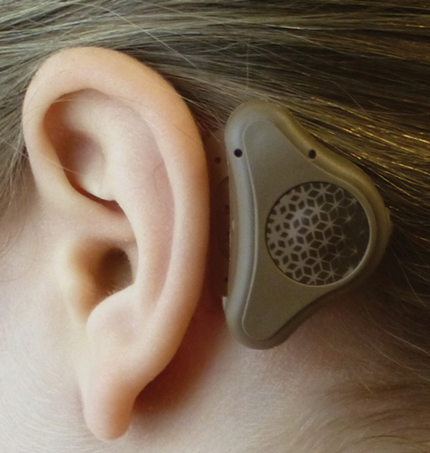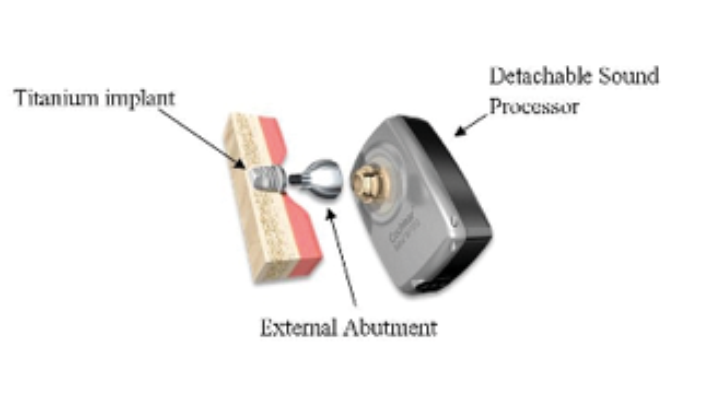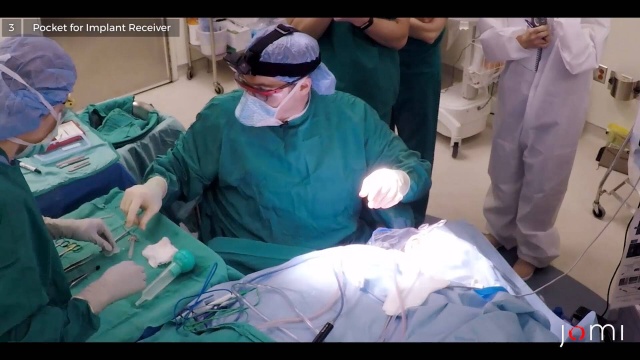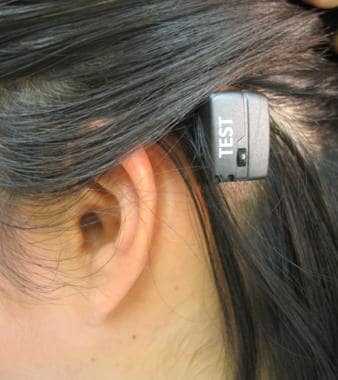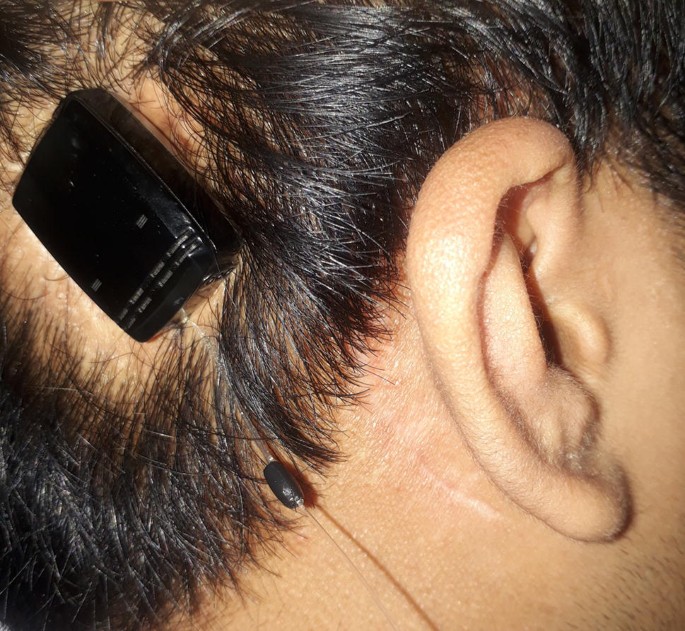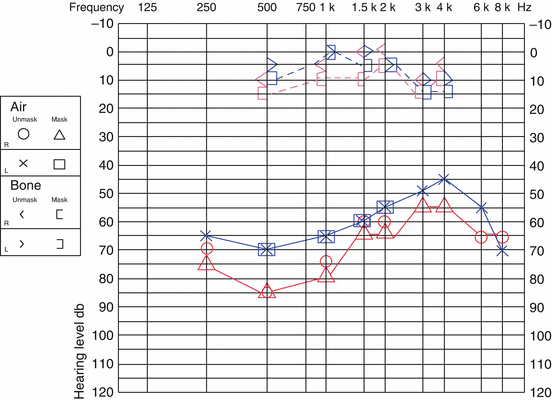Percutaneous Bone Conduction Device

These devices capture sound and transfer it through bone vibrations directly to the cochlea the hearing organ in your inner ear.
Percutaneous bone conduction device. Since the processor adheres magnetically to the implant there is no need for a percutaneous abutment to physically connect the external and internal components. A ponto oticon medical askim sweden. The results of 24 xomed audiant osseointegrated bone conduction hearing devices including a clinical trial on two patients using a new larger magnet neodynium iron boron plus the results of eleven patients implanted and fitted with the percutaneous bone anchored hearing aid are reported. Unlike traditional hearing aids that simply amplify sound bone conduction devices bypass your outer ear and middle ear entirely and create a new pathway for hearing.
Bone conduction hearing aids can be used for one or both ears and they can be used along with a. Implantable bone conduction device the demonstrated improvements in hearing after device placement can be attributed to the device. The bone conduction hearing processor contains magnets that adhere externally to magnets implanted in shallow bone beds with the bone conduction hearing implant. Clinical evidence of patients listening effort with the two systems will be presented and the result put in perspective of treating children with skin drive solutions.
And b baha bp100 cochlear bone anchored. Figure 5 bone anchored hearing aid a percutaneous direct drive bone conduction device. Based on data gathered in 2015 over 250 000 patients worldwide are estimated to have been given a percutaneous bone anchored hearing aid baha since the first implantation in 1977 1 these percutaneous devices are classified as passive since only a fixture. Studies of partially implantable bone anchored hearing aids have.
Percutaneous or transcutaneous connection to a sound processor have been investigated as alternatives. However there are minor drawbacks reported related to the percutaneous implant and. Thanks to piezo power technology and efficiencies in design the osia system produces output power on par with 55 db percutaneous bone conduction implant systems. In this course we will outline the two main bone conduction stimulation systems.
Abstract hypothesis the bone conduction implant bci can use a higher gain setting without having feedback problems compared with a percutaneous bone conduction device pbcd. 2 3 high gain the system s stable gain architecture made possible by the implant s monolithic design ensures a consistent distance between the sound processor s microphones. Research suggests that the speech perception of children using bone conduction amplification improves if the device is coupled to an implanted abutment rather than to a softband. Background the conventional pbcd today is a common treatment for patients with conductive hearing loss and single sided deafness.
The purpose of the present study was to determine if the benefit of direct stimulation via an abutment is limited to small improvements in speech perception or if similar or greater benefits occur for.





